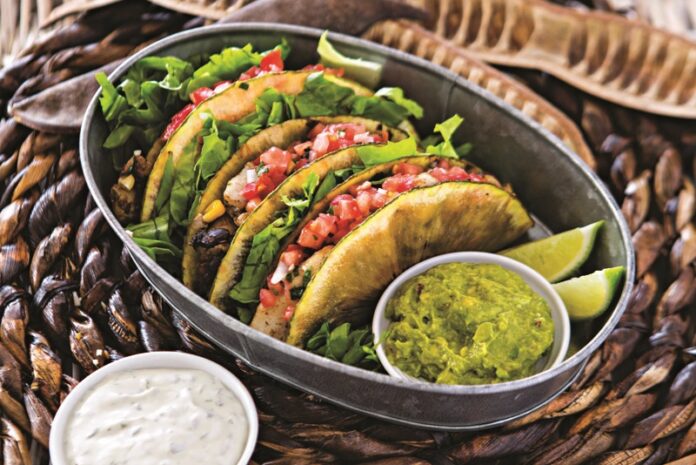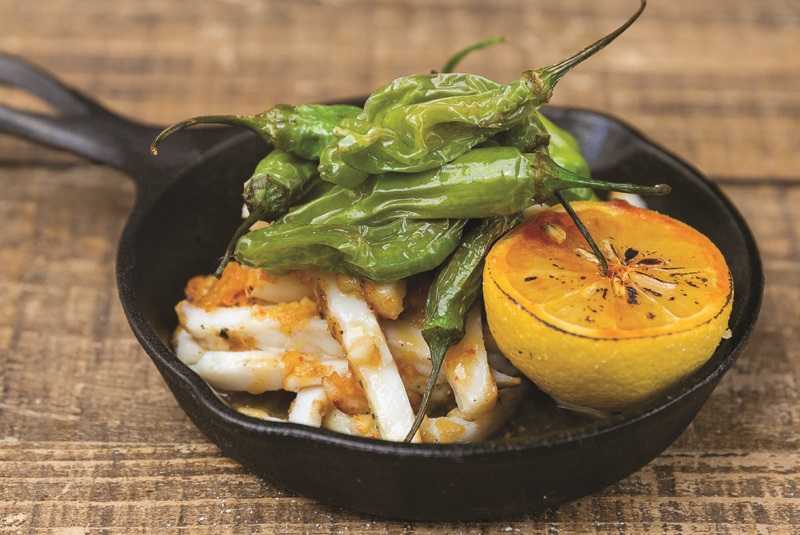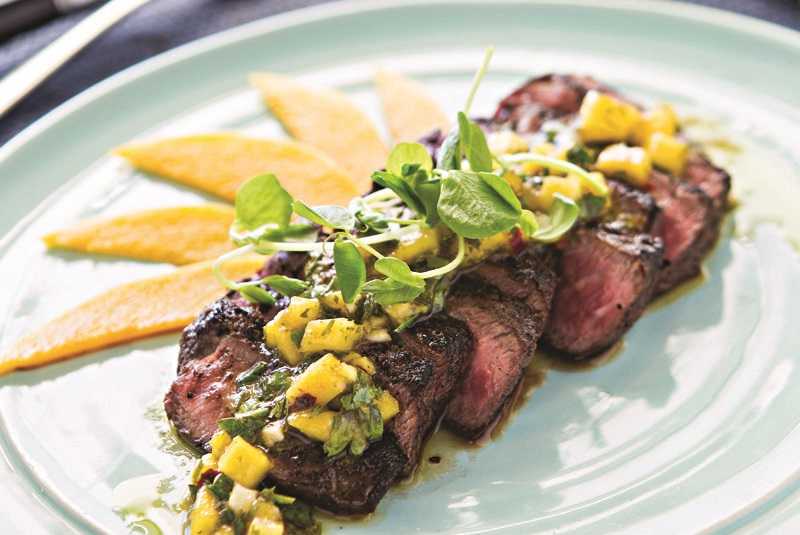
Writer Monique McIntosh | Photography Michael Pissari
The prospect of owning a restaurant has got to be daunting, but the excitement of it clearly outweighs the dread! That’s why every year, hopefuls enter the market armed with signature recipes and visions of palate pleasing plates and satisfied customers. But, despite the allure of the restaurant world, the reality of launching and running your own eatery is far from romantic.
For starters, about 26 percent of restaurants fail within their first year, according to research by Dr. HG Parsa, a professor at the Rosen College of Hospitality Management, University of Central Florida. Cumulatively, that number jumps to about 58 percent by year three. While a far cry from the pervasive myth that the vast majority fail within the first year, it still holds true that a restaurant business can be tough to launch, and even tougher to sustain. So, before embarking on your own edible venture, consider these tips from the teams behind some of your favorite Caribbean restaurants in South Florida.

Pay Your Dues
Having first-hand experience of a restaurant’s day-to-day toil is gold for any prospective owner. “If you want to get into the hospitality business, go work in a kitchen, and then decide if you want to get into this line of business,” advises Chef Wilkinson “Ken” Sejour, owner of the Chef Creole Seafood restaurants.
When he was launching his first location in Little Haiti in 2000, Sejour jumped into the kitchen after his cook didn’t show up one day. This was an unexpected adventure for the young entrepreneur, who initially launched the restaurant as an investment opportunity. “I never thought my role would involve understanding recipes,” recalls Sejour. The experience, however, spurred him to learn the science behind cooking, and to develop Chef Creole’s signature dishes, particularly their iconic, spicy ‘pikliz’ sauce, inspired by his Haitian and Bahamian roots.
Those early experiments allowed him “to create what I call my ‘bible’,” says Sejour—a standard operating procedure for the team “that was tailor-made for our business and brand.” He currently operates four restaurants, and is opening a fifth at Miami International Airport.
Show the Receipts
It helps to know your way around an Excel spreadsheet when you’re trying to attract investors. Focus on creating an attractive financial statement, outlining the estimated profit margins based on projected expenditures. Use industry average models to calculate, and adjust based on your restaurant’s scale (whether high-end or casual dining), your planned location, and potential patronage. And don’t be aggressive with your projections, says Delius Shirley, restaurant consultant and owner/partner of Ortanique restaurants in Miami and the Cayman Islands.
“Look into your first three to six months as a growing pattern, then aim to hopefully stabilize at a certain percentage, aiming for three to five percent growth per year.” And when you’re ready to pitch, don’t expect much support from banks. “Banks are not going to fund restaurants, period,” says Shirley, as restaurants are financially risky. Instead, “explore private investors, or go to companies that look for capital funding for you.”

Adapt to Survive
Just because you have a killer restaurant idea doesn’t mean it will succeed in your area. Instead, consider adjusting your restaurant’s format to target key markets. That’s what the popular Bahamian fast-food chain Bamboo Shack did when they opened their first stateside location in Miami Gardens in 2016.
Within a fast-food cluttered landscape, the chain opted for a fast-casual concept, integrating their signature efficiency, and offering made-to-order fried conch and cracked chicken, with a side of Kalik beer and blazing soca tunes. New dishes were also added, offering their menu staples in Chipotle-style rice bowls and wraps.
“The food is synonymous with Bahamian culture,” says VP of Marketing and Public Relations Gandhi Pinder. “But we are always searching for ways to diversify the menu and reach every palate.” It’s this flexibility that allowed the brand to expand, notes COO Gilchrist Pinder. “You have to keep up with the times. We continue to tweak our recipes to achieve a higher level of excellence.”
Invest in Talent
Diners often try to dine in when the chef is in house. However, the secret to a great restaurant is how well the kitchen and service staff operate without the chef’s supervision.
“Cultivating a team you can depend on is so important,” says Chef Cindy Hutson, fellow owner/partner of Ortanique Restaurants. “Since opening 19 years ago, we’ve kept a lot of the original staff.”
In addition to Ortanique, Hutson and Shirley also run their Zest restaurant brand, with locations in downtown Miami’s Southeast Financial Center and Negril, Jamaica. Growing both brands requires regular travel, and a reliable team to sustain their visions while they’re away. So finding the right team members proves crucial, notes Chef Hutson, who prefers quality over quantity. “Miami is so saturated with restaurants, so new hires know if they get written up, they can leave and get another job quickly. So we’re looking for the ones with real passion that can embrace our restaurant’s culture and heritage.”
Chef Ken also believes this is one of the most important ingredients for a successful restaurant. He says, “Talent is always going to be a big investment, and you should not spare cost. Get the top of the line in every department, from the general manager to the dishwasher. Therein lies your future and your profit.”





























